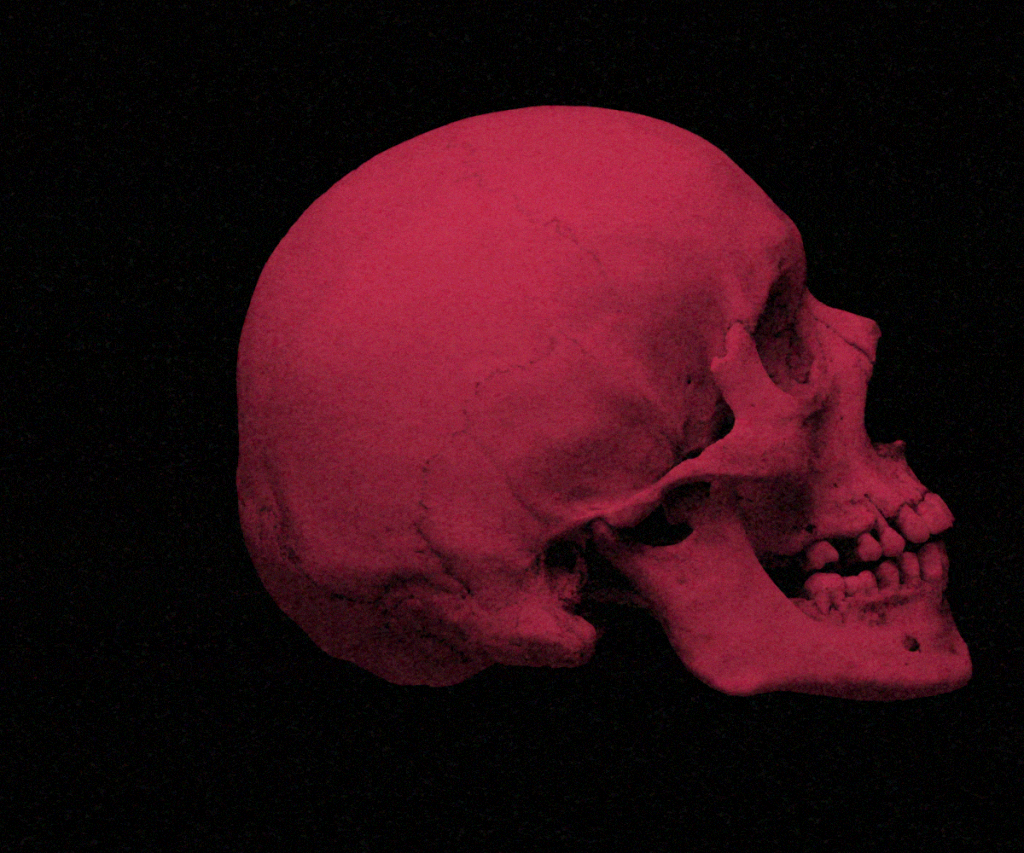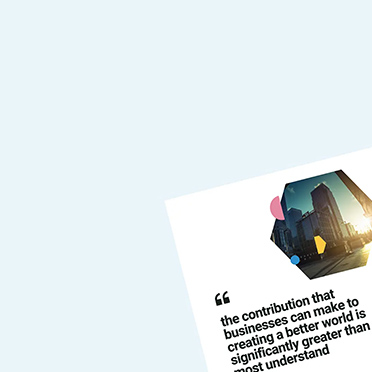Customer journey planning for construction and engineering markets can be a complex task. For most of their time, audiences aren’t actively looking to buy and even when a purchase is needed, that’s not always a quick process with any number of different procurement stages and influencers involved. Here’s a model for how to cut through the complexity.
Typical B2B customer journeys include more, and different, elements than the faithful old Awareness Interest Desire Action model lays out. On the other hand, there’s a good reason why the venerable AIDA has such staying power – it has a simplicity to it that means it’s useful without being overcomplicated.
So, in finding the right customer journey model for B2B we need to be mindful we don’t go down a rabbit hole and end up with some byzantine galaxy brain concept that’s comprehensive but has zero chance of anyone using it in practice, or even understanding it for that matter.
There’s no one magic solution to this, in part due to the range of different audiences and sectors that the big B2B tent covers. But we tend to use a standard starting point that stands us in good stead, either used as-is or adapted where changes might be needed.

This allows us not only to understand more closely the different phases a customer is likely to pass through, but also split out where we want to identify different performance metrics and what these should reflect.

Apart from awareness, the early stages are split differently and renamed to reflect not only building share of voice, but also setting how the audience can be engaged with at the very start, or in many cases entirely outside, of a purchase requirement. This is critical for B2B campaigns where customers are more out of market than in, meaning efforts to build saliency with them must be done in ways where being informative is a short-term end in itself rather than something that will create immediate sales leads.
It’s important to separate consideration and conversion for the same reason – with multiple purchase influencers, and even multiple decision makers, consideration can be a lengthy stage with some specific actions. The consideration and conversion stages are often where adaptation can be needed, for example in the world of project contract where phases such as “bid for bid” and “bid for work” might need different marketing actions to support properly, switching out broad based awareness tactics and relying on more targeted ABM techniques.
Service and repeat have been added after the purchase stage to reflect the importance of encouraging customers back into the earlier stages of the journey as effectively as possible. Increasing loyalty through marketing actions can be deceptively difficult in many industries, so it’s important to make sure any actions planned here are based in sound logic and available statistics rather than specious ideas of how the needs of infrequent buyers might be drastically altered. But there are typically links back into awareness and engagement can be made.
Using a model like this as a basis to adapt defending on the peculiarities of your target market and audiences can help to structure your thinking as marketing plans are put into place – moving beyond the over-simplistic AIDA model without complicating things to the point of comprehensive confusion.
Wondering where you stand with your agency? Wonder no longer!
Simply take our handy relationship quiz to find out if you’re star-crossed or meant to be together.






